Surprising Discoveries Unearth Hidden Ingredient In Leonardo Da Vinci’s Famous Artworks
A new discovery has let us in on a secret ingredient used by popular classical painter Leonardo Da Vinci. This discovery was uncovered by scientists who researched the components of the paint used by the famous artist.
The study was published in the Nature Communications Journal by author Ophélie Ranquet at the Institute of Mechanical Process Engineering and Mechanics at the Karlsruhe Institute of Technology in Germany.
Who Was Leonardo Da Vinci?
Leonardo Da Vinci was a classical artist born in 1452 in Venice, Italy, and died in 1519 in France. He is known for famous paintings such as The Mona Lisa, The Last Supper, and Vitruvian Man. He has also been credited as the inventor of modern-day helicopters and other devices.
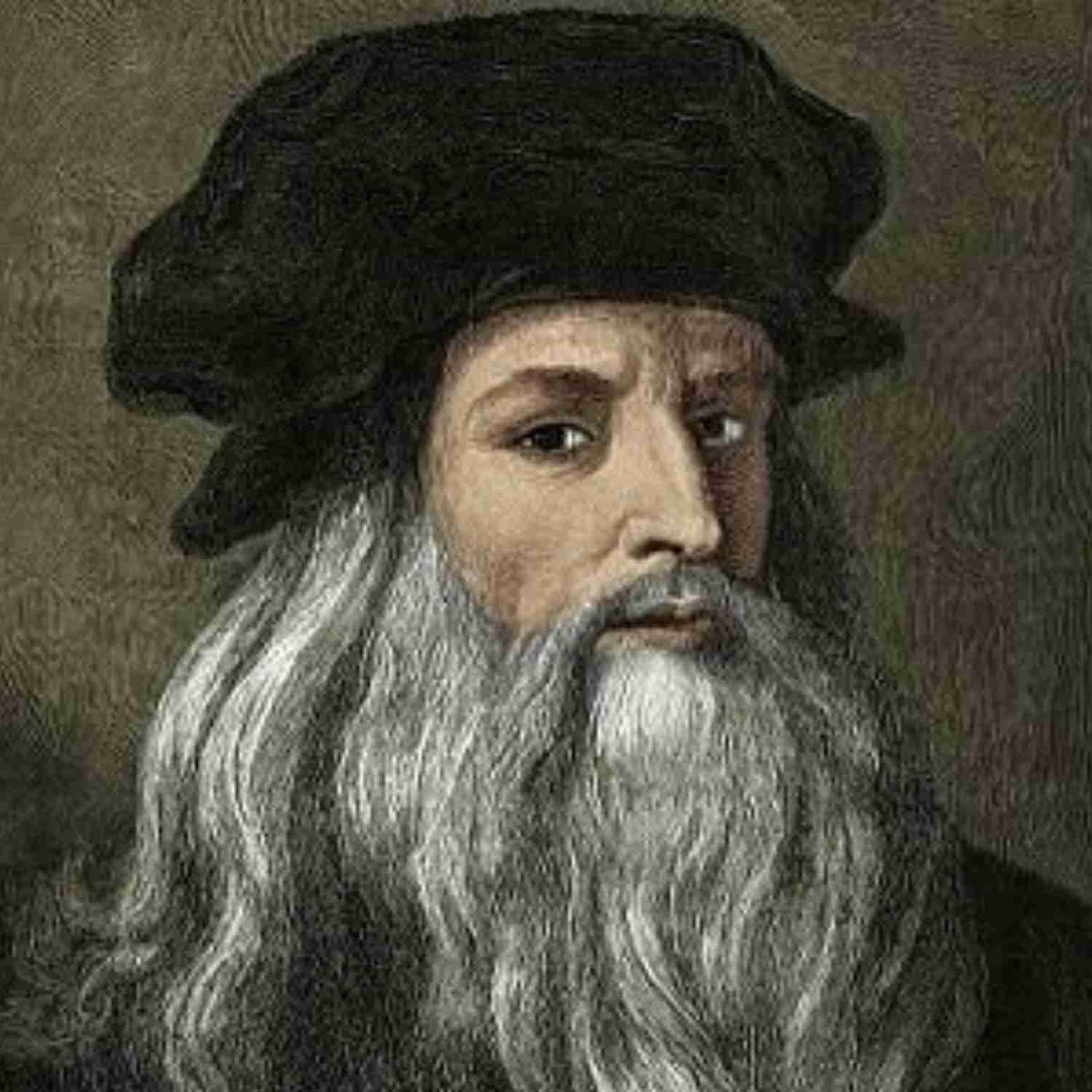
Source: Imgur
He was known as an intellectual who promoted arts and culture. Although he’s remembered chiefly for his paintings, little research has gone into the in-depth study of what actually went into these renowned works of art. A newly publisheresearchdy has shed light on recent findings.
The Contaminants That Turned Out To Be a Secret Ingredient
The results detected a minute amount of protein in the paintings, which was usually associated with contaminants due to the lack of an in-depth study. Recent studies into the paintings revealed that the addition of proteins, specifically egg yolks, was an intentional act and an integral part of making paint.
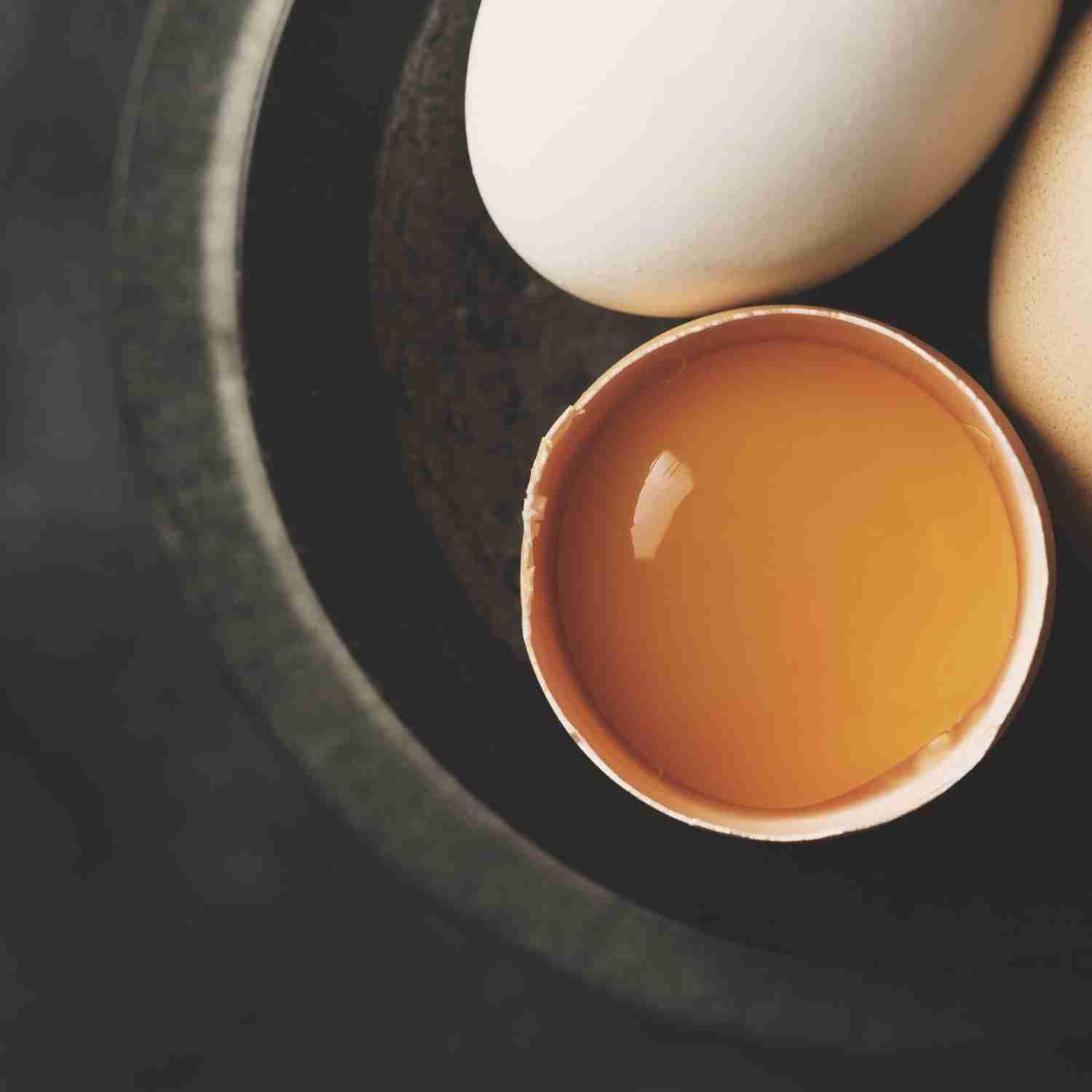
Source: Allrecipes/ Pinterest
This process was used by other classical painters such as Sandro Botticelli, Rembrandt, and others from the 16th to the early 18th century in Europe.
Egg Yolk Found In Oil Paints
According to new studies, the addition of egg yolk, even in small amounts, can provide exceptional change to the properties of the paint. The use of egg yolk in oil paintings by these old classical painters showed how skilled and knowledgeable they were.
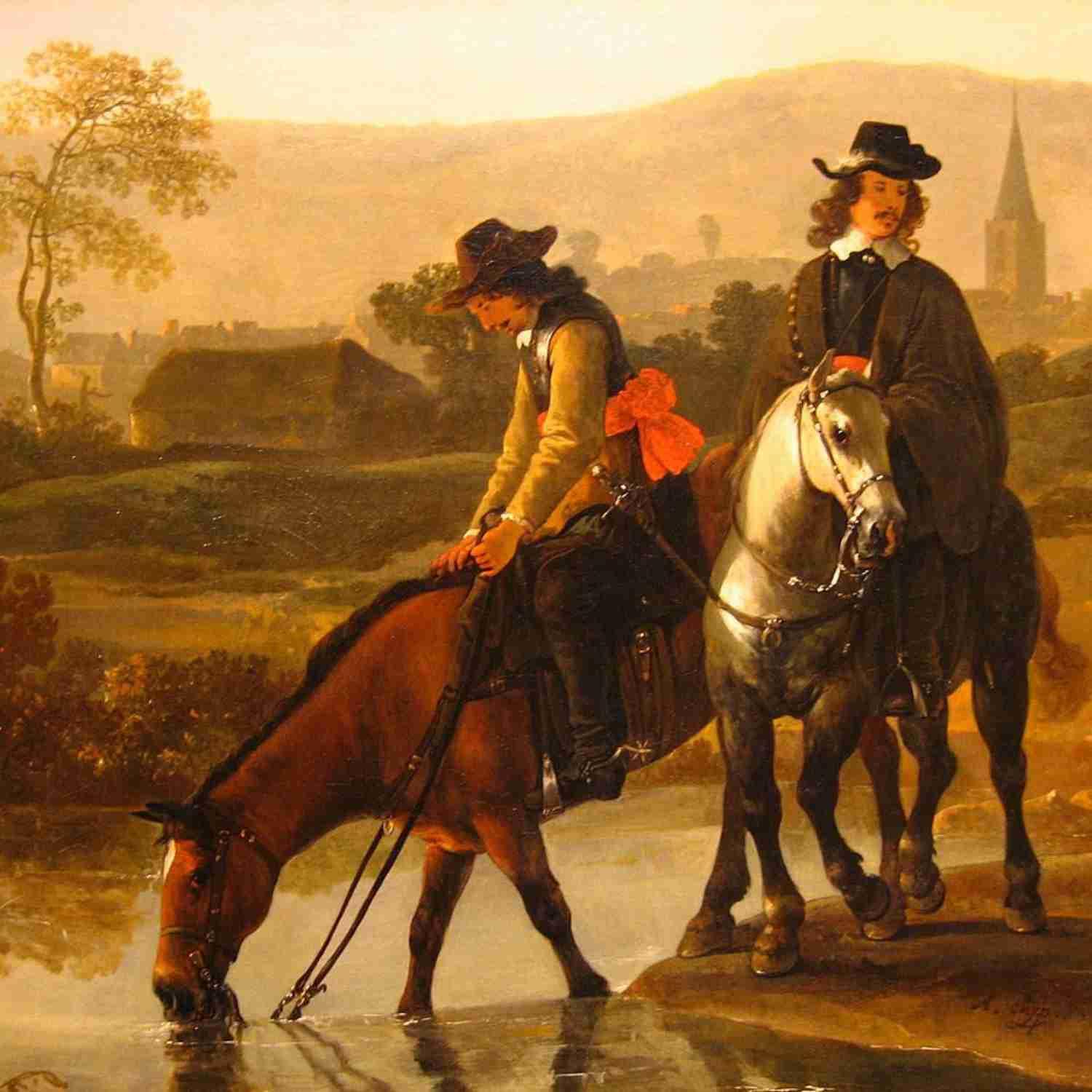
Source: Wikimedia Commons
The classical painters who added egg yolks to their paints were able to change the chemical composition and give their paintings long-lasting effects.
Tempera vs. Oil Paints
Compared with tempera, an Egyptian paint formulation that entails the mixture of egg yolk with powdered pigments and water, oil paint was the more popular choice amongst European painters.
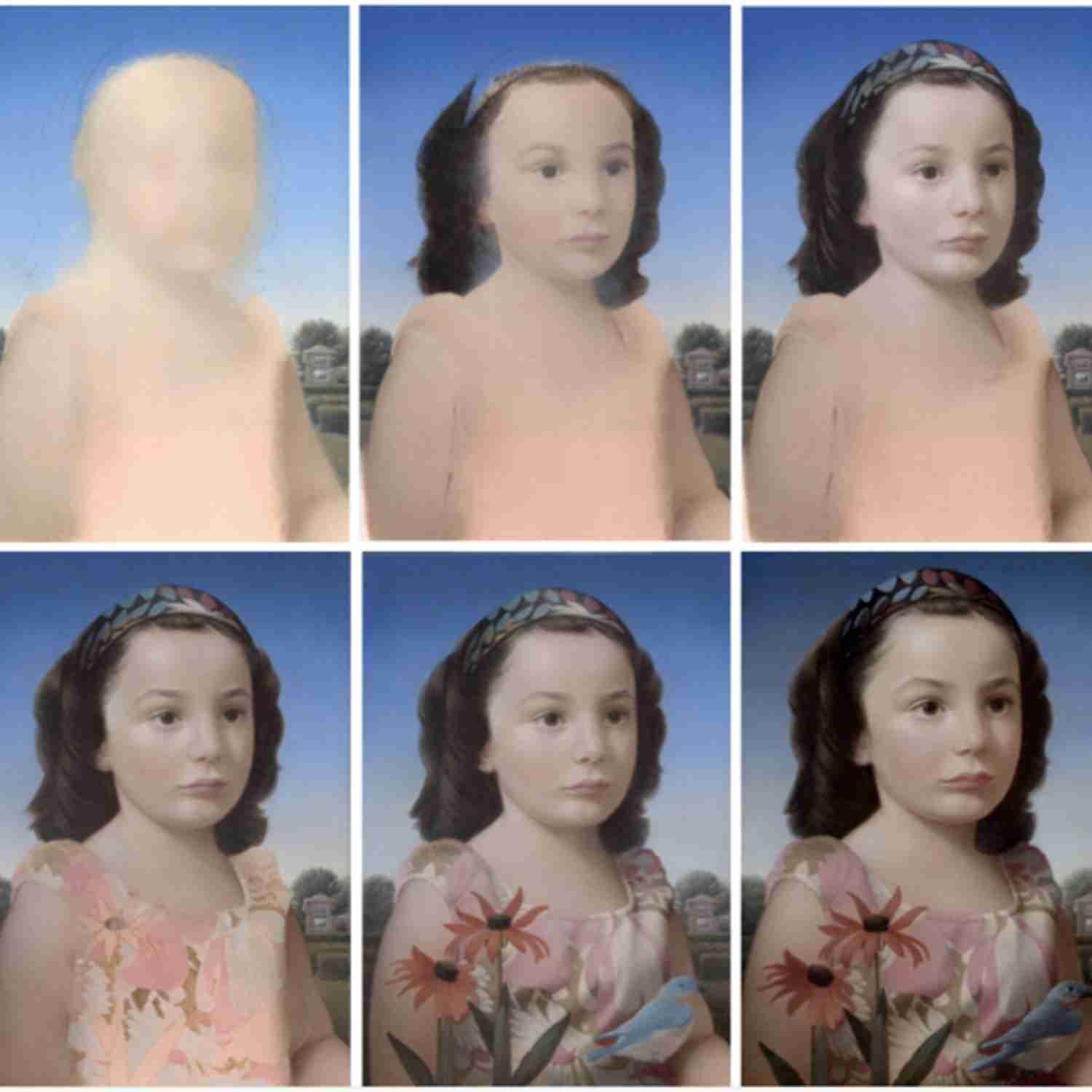
Source: Natural Pigments/ Pinterest
The oil paint was formulated using linseed or safflower oil as a substitute for water; it provides more vivid colors and an even smoother transition when used on canvas.
Egg Yolk: Effects In Oil Paint Formulation
Conversely, the oil paint was more susceptible to physical changes with exposure to the elements, especially light. This element turned the paint dark due to oxidation and the extended amount of time it takes for the paint to dry completely.
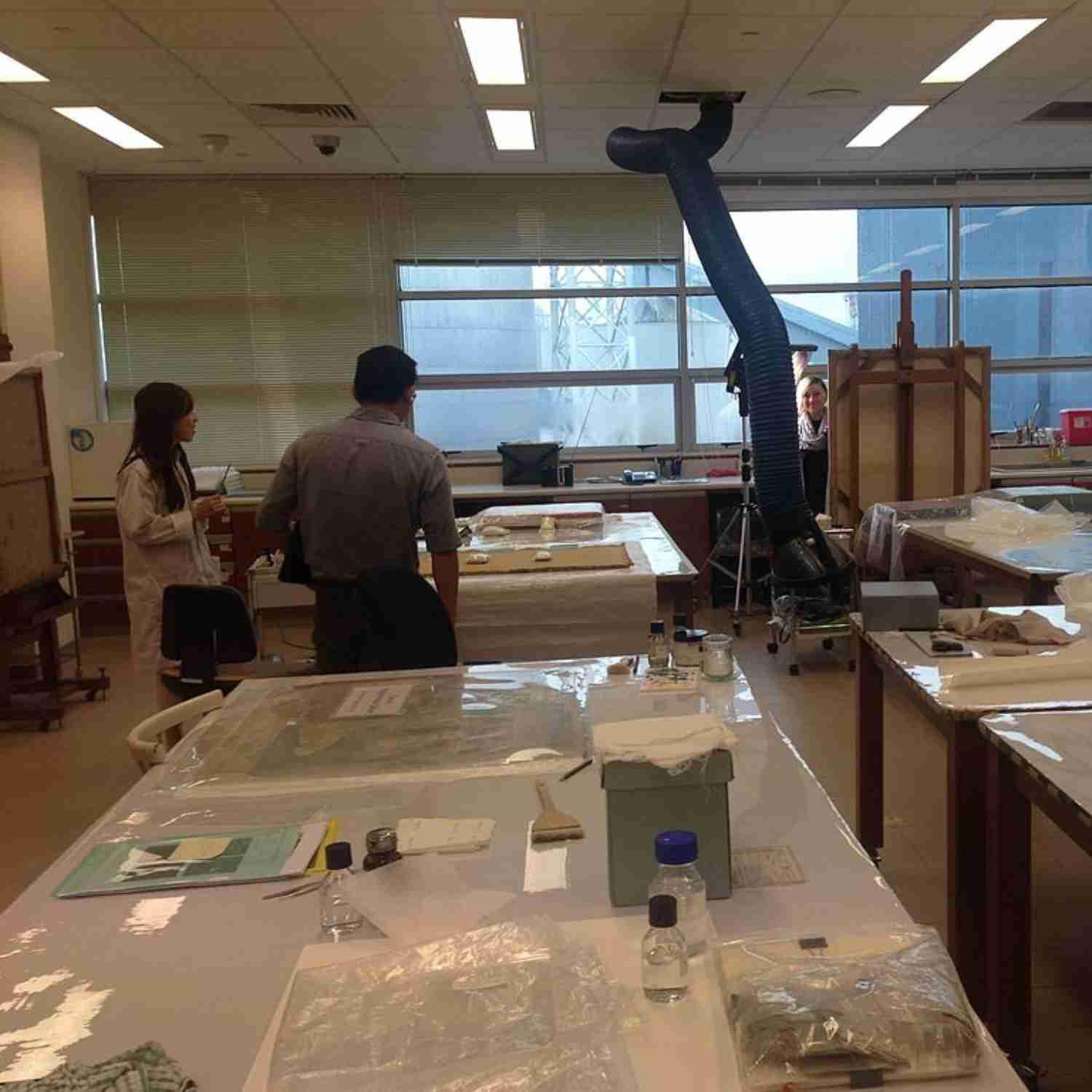
Source: Wikimedia Commons
Due to the downsides of using oil paint, classical painters may have experimented with the formulation process by using egg yolk as an additional ingredient. With this experimentation, the oxidative process that turns oil paints dark is absent, as egg yolks contain antioxidants that prevent oxidation.
More Benefits Of Egg Yolk in Paint
To learn more, scientists recreated the traditional process of making popular lead white and ultramarine blue using linseed, pigment, distilled water, and egg yolk. The results gave insight into the incredible effects of adding protein to the formulation.

Source: Jackson’s Art/Pinterest
The lead white pigment is usually prone to humidity, but with a protein layer to coat the pigment, it is less resistant to humidity and easy to apply on canvas.
Egg Yolk in Quality Impasto Paints
The results also showed that the addition of egg yolk had an obvious physical effect on the viscosity and behavior of the paint. Painters who wanted a more rigid paint may add a bit of egg yolk to create an impasto paint.

Source: Bored Art/ Pinterest
A high impasto paint entails the use of a paintbrush to make thick strokes on canvas such that these strokes are visible.
The Visible Effects Of Using Oil Paints Without Egg Yolks In Popular Paintings
A look at one of Leonardo Da Vinci’s early paintings, “Madonna Of The Carnations,” exhibited at the Alte Pinakothek in Munich, Germany, shows the effect of using oil paints without egg yolk. The wrinkling of the oil paint is evident on the faces of the characters on the canvas.

Source: Wikimedia Commons
This is because oil paints start to dry from the top down. Also, the use of less pigment was popular in that era, and oil paints without egg yolks caused the paint to wrinkle as it dried. Therefore, the Madonna Of Carnations painting may have been done before the use of egg yolks in paint formulations.
The Visible Effects Of Using Oil Paints With Egg Yolks In Popular Paintings
Another study was carried out to observe Botticelli’s “The Lamentation Over the Dead Christ,” which can also be seen exhibited at the Alte Pinakothek. The painting was done with tempera, but oil paint has been observed to be used in the background.
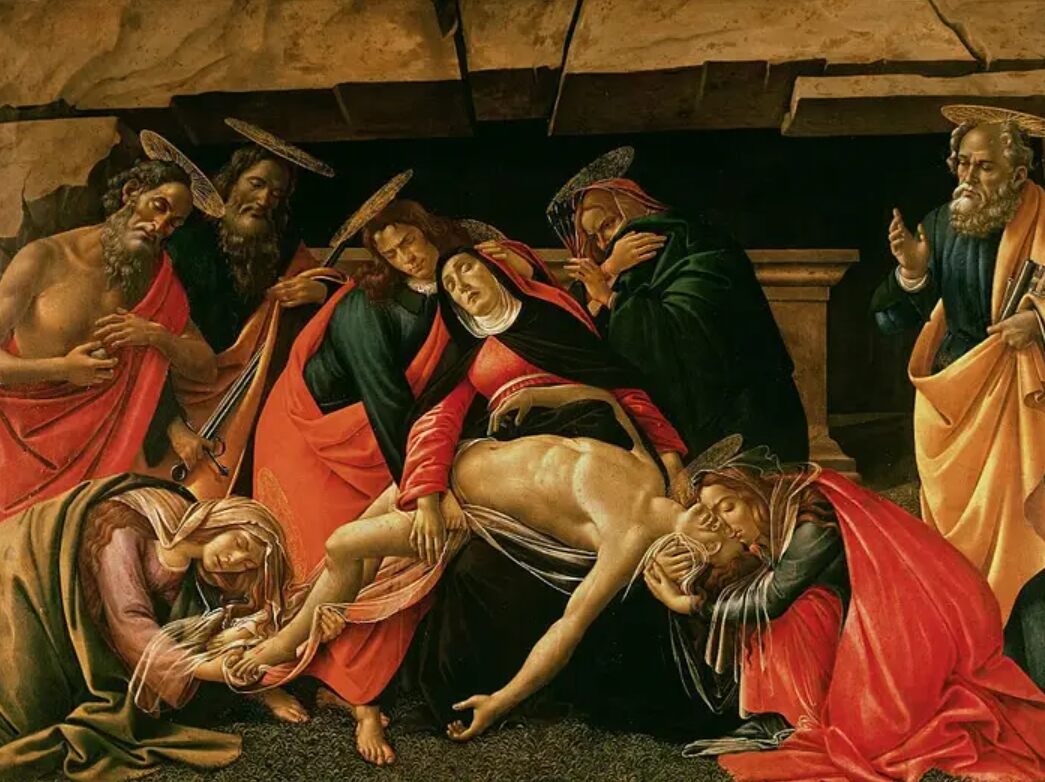
Source: Getty Images
This gave scientists some answers regarding these classical artists’ intentional formulation process in making paints.
New Studies To Be Carried Out on More Historical Paintings
The study has not only shed light on the paint formulation techniques used by these famous historical figures but also on how old paintings lasted for years without losing most of their aesthetic appeal.

Source: Lily & Thistle/ Pinterest
What was once considered contamination in paintings was actually an intentional choice made by the grand masters of European paintings. Additional studies are underway to learn more about the use of protein as binders in oil paints and also to understand the rich history of these famous paintings.
